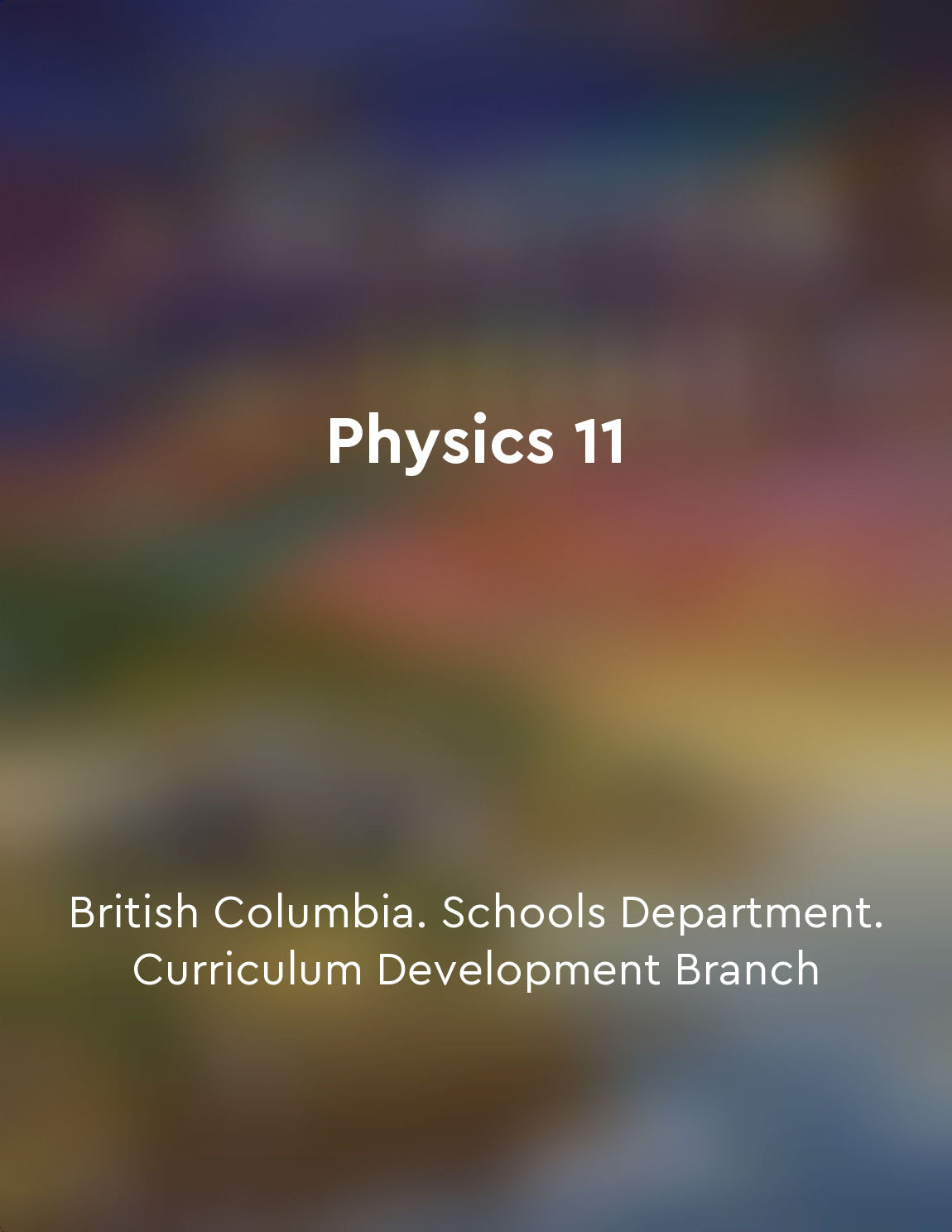Erosion alters terrain from "summary" of Principles of Geology, Volume 1 by Charles Lyell,Sir Charles Lyell
The forces which are incessantly at work in modifying the crust of the earth are mainly two; namely, the aqueous and igneous. The former, comprehending the agency of water whether in the state of ice, snow, running streams, or the waves of the sea, is by far the most important. The effects produced by running water in wearing down the solid rocks which oppose its course, and in transporting the detritus to lower levels, are more conspicuous than any other class of geological phenomena. The extent of country over which the transported materials are spread, the thickness of the strata which they compose, and the vast amount of matter removed from one place and deposited in another, are such as might naturally be expected from the energy of a fluid so generally diffused as water. When the bed of a river which flows through a valley is upheaved, the stream is compelled to deepen its channel, and in doing so it exposes a vertical section of its course. In this section, the geologist may contemplate at a glance the successive changes which the valley has undergone, and the manner in which the solid rock has been disintegrated and carried away. In the excavation of valleys, the torrent and the river cooperate; the former by removing large fragments detached by the frost and undermining the banks, while the latter carries away the finer particles. The tendency of running water to deepen its channel is so powerful, that in the course of ages a small stream will often excavate a profound ravine through the hardest rock. The materials removed from the higher grounds are always carried downwards, until they reach the sea or some inland lake where the current slackens its speed and can no longer bear along the coarser and heavier particles. These are then thrown down in layers, forming what are called alluvial deposits. The extent of such accumulations, where rivers enter the sea, is often very considerable, and their thickness may amount in some cases to several hundred feet. In all these operations, the quantity of matter removed from the land and transported to the sea is immense. The principal agents of this transportation are rivers, which carry along the detritus washed from the land, and the waves and currents of the sea, which wear away the cliffs and shores. The effects of aqueous erosion on the surface of the globe are not confined to the removal of solid matter. It also causes the degradation of the land, and the formation of alluvial plains and deltas. The wearing down ofSimilar Posts

Energy is a conserved quantity that can be transferred and transformed
The principle that energy is conserved is fundamental in physics. This means that energy cannot be created or destroyed, only t...
Slow, gradual change over time
The process of change in the earth's surface has been a subject of great interest and speculation among scientists and naturali...
The Earth's weather and climate are influenced by complex interactions between its different components
The Earth's weather and climate are the products of an intricate web of interactions between various components of the Earth sy...
Earth's surface shaped by geological processes
The Earth's surface is not fixed and unchanging, but is in a constant state of flux. This dynamic nature is a result of geologi...
